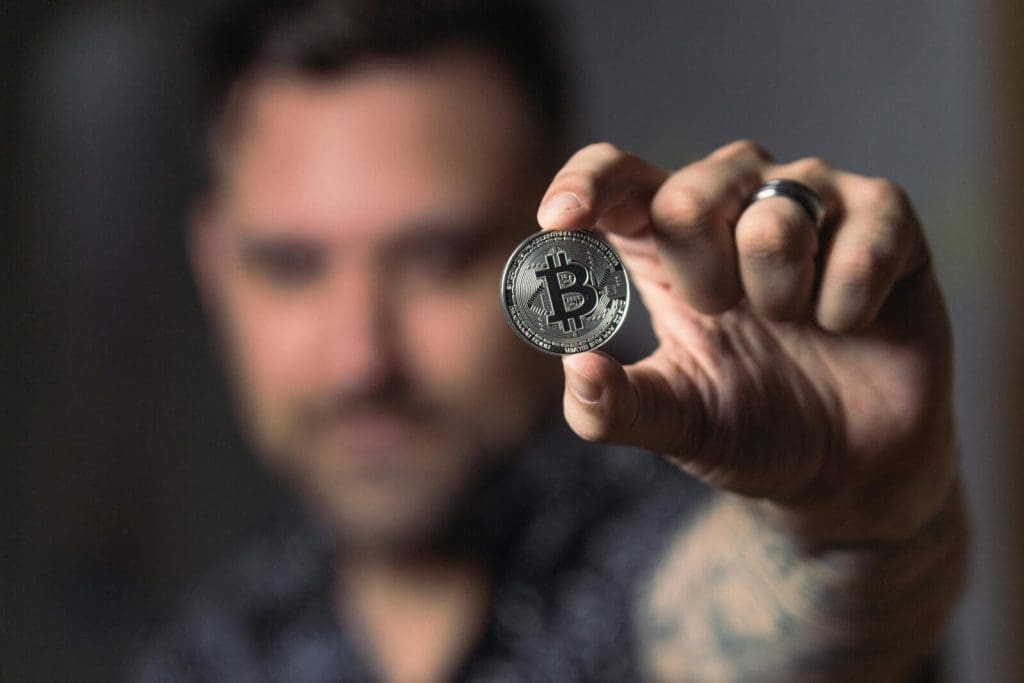Over the past few years, Bitcoin, the pioneer cryptocurrency, has gained immense popularity to the extent that it is now a proffered means of transaction for millions of users globally. Online gambling websites were among the very first adaptors of cryptocurrencies for payments, but many other online businesses have since started accepting digital currencies. So, with some Bitcoin, you can do anything from playing gambling games on licensed platforms like Ice Casino to paying for goods and services on sites like Microsoft, Newegg, Shopify, and Amazon.
As Bitcoin’s popularity continues growing even more, do you know how the mining process works and how the vast networking system is maintained? Well, Bitcoin mining is a complex technological and computational process that involves validating transactions on the Bitcoin network. Think of it as validating a block on the blockchain network and earning BTC payments for their role. Anyone participating in this process is called a miner. “Mining” is a popular reference because, like natural resources, there is a limited supply of Bitcoins.
The reward system for Bitcoin mining will keep going until there are 21 million Bitcoins in circulation. When minders reach this, they’ll no longer receive new bitcoins as a reward because the 21 million BTC threshold has been set to maintain the network by creating scarcity for the digital currency. Instead, they’ll earn through transaction fees for their work.
How Does BTC Mining Work?
Just as gold miners use shovels and picks to dig up gold, Bitcoin miners need energy and specialized mining hardware, which is why their energy and computing power are invested in the Proof-of-Work-based crypto network.
Miners essentially solve tough mathematical problems. Their computers (or nodes) gather and group BTC transactions from the last few minutes into blocks. These devices then contend with one another to decipher a cryptographic puzzle. The miner’s aim here is to be the first one to certify (decipher the puzzle) the new blockchain block.
Here’s how it works:
- A transaction opens a new block which records all the details of this payment. The block then closes and creates a hash number containing this information;
- Each new block also includes details from the previous block. This system forms a chain that is secure and cannot be changed;
- No one can spend the same coin more than once;
- The mining computers in Bitcoin’s Proof-of-Work system must show that they have used energy during mining. This is proof that everything is accurate;
- Only one miner can be the first to solve the mathematical puzzle correctly. Once they find the solution, they broadcast the winning solution to the entire network, and the other computers verify its accuracy;
- The new block enters the blockchain if the solution checks out and the process restarts.
How Bitcoin Miners Maintain the Network
Mining is one of the two main stages of securing the BTC blockchain. Miners essentially build and maintain the blockchain as they discover new blocks and add them to the existing chain. The other key part is the nodes, the computers that track all transaction history and verify new trades.
It’s easy to assume that miners act as middlemen and can determine which transactions are included in the blockchain. They are the ones who process transitions, after all. However, in reality, it’s almost impossible for them to set and amend rules or block transactions from entering the blockchain in the first place.
Thus, the networking system always has miners ready to follow the rules and process transactions that fellow miners or groups might not want to include in the network. A miner’s role, therefore, isn’t to choose which transactions enter the system but rather to determine the order of transactions within the blockchain. That’s why every node in the network has an identical transaction order.
What Do Bitcoin Miner Nodes Do?
The Bitcoin networking system contains computing devices that miners, individuals, developers, and businesses operate. These nodes use compatible software to ensure they all share the same version of the blockchain.
If nodes used different software with conflicting rules, one device might have a transaction that another node views as invalid. This confusion could prevent the node from joining the network. Furthermore, the networking system could split if many nodes faced this issue simultaneously.
So, miners operate crucial nodes within the crypto networking system. These nodes are the first to share, verify, and add new blocks to all copies of the blockchain network. As a result, transactions cannot enter the blockchain without miners.
Bitcoin Mining Is Not Gatekeeping
As you can see, miners are crucial to the Bitcoin network. They discover new blocks and decide the order of transactions. While it might seem like they have significant control over the system and can alter the rules, that’s not quite the case. Their input is important, but they can’t change Bitcoin’s rules on their own. Any changes require the agreement of the entire network!
The New Jersey Digest is a new jersey magazine that has chronicled daily life in the Garden State for over 10 years.
- Staffhttps://thedigestonline.com/author/thedigeststaff/
- Staffhttps://thedigestonline.com/author/thedigeststaff/
- Staffhttps://thedigestonline.com/author/thedigeststaff/
- Staffhttps://thedigestonline.com/author/thedigeststaff/


